The fourth episode of Dune: Prophecy, titled “Twice Born,” is packed with Easter eggs and references that connect to Frank Herbert’s original Dune novels and the broader lore of the Dune universe.
This episode advances the plot and deepens the connections to the established mythos, providing fans with a rich tapestry of callbacks and hidden meanings. Key References and Easter Eggs
1 Face Dancers and Shape-Shifting
One of the most significant revelations in this episode is the introduction of Sister Theodosia as a potential Face Dancer, a concept introduced in Herbert’s novels. Face Dancers are bioengineered beings, created by the Bene Tleilax, capable of shape-shifting.
Theodosia’s ability to transform into Valya’s deceased brother Griffin highlights her complex character and foreshadows potential dangers for the Imperium as she navigates her loyalties within the Sisterhood.
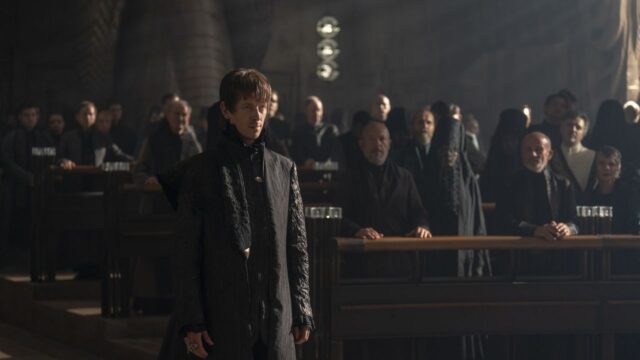
2The Thumper Sound
The episode opens with the sound of a thumper, a device used by the Fremen to attract sandworms. This auditory motif serves as a direct nod to the original Dune series and symbolizes the awakening of dormant fears within the characters.
The thumper’s rhythmic sound parallels the heartbeat, reminiscent of how sandworms react to movement in the desert, reinforcing themes of survival and danger.
3Symbolism of Eyes
Throughout “Twice Born,” there is a recurring motif involving eyes and sight. The acolytes experience visions that culminate in drawings resembling eyes, which can symbolize awareness or impending doom.
This theme resonates with earlier visions seen in the series, including Mother Superior Racquella’s foreboding glimpse of mechanical blue eyes, suggesting a looming threat connected to artificial intelligence or Thinking Machines.
4The Concept of Twice Born
The title “Twice Born” itself carries significant weight within Dune lore. Initially interpreted as a reference to Desmond Hart, it ultimately pertains to Lila’s character, who embodies the concept through her unique connection to spice.
This duality plays into the broader themes of rebirth and transformation prevalent in Herbert’s work.
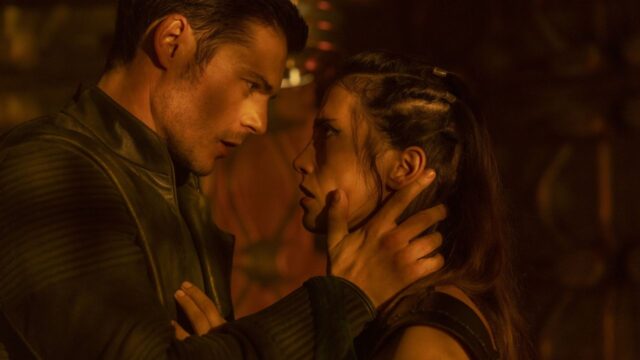
5Shared Dreams and Collective Fear
Tula’s exploration of the acolytes’ collective dreams serves as a narrative device that highlights their shared fears and experiences.
This element mirrors similar themes in Herbert’s novels, where dreams often serve as prophetic visions or reflections of deeper truths within characters’ psyches.
About Dune Prophecy
Dune Prophecy is a direct-to-streaming TV series in development at HBO Max. Diane Ademu-John had joined the series as writer, showrunner, and executive producer. Denis Villeneuve will direct the series pilot and executive produce.
The series will serve as a prequel to the film and will take place before Dune: Part One. Set in Frank Herbert’s Dune universe, Dune: The Sisterhood is told through the eyes of a mysterious order of women known as the Bene Gesserit.
Given extraordinary abilities by their mastery of the body and the mind, the Bene Gesserit expertly weave through the feudal politics and intrigue of The Imperium, pursuing plans of their own that will ultimately lead them to the enigmatic planet Arrakis, known to its inhabitants as Dune.
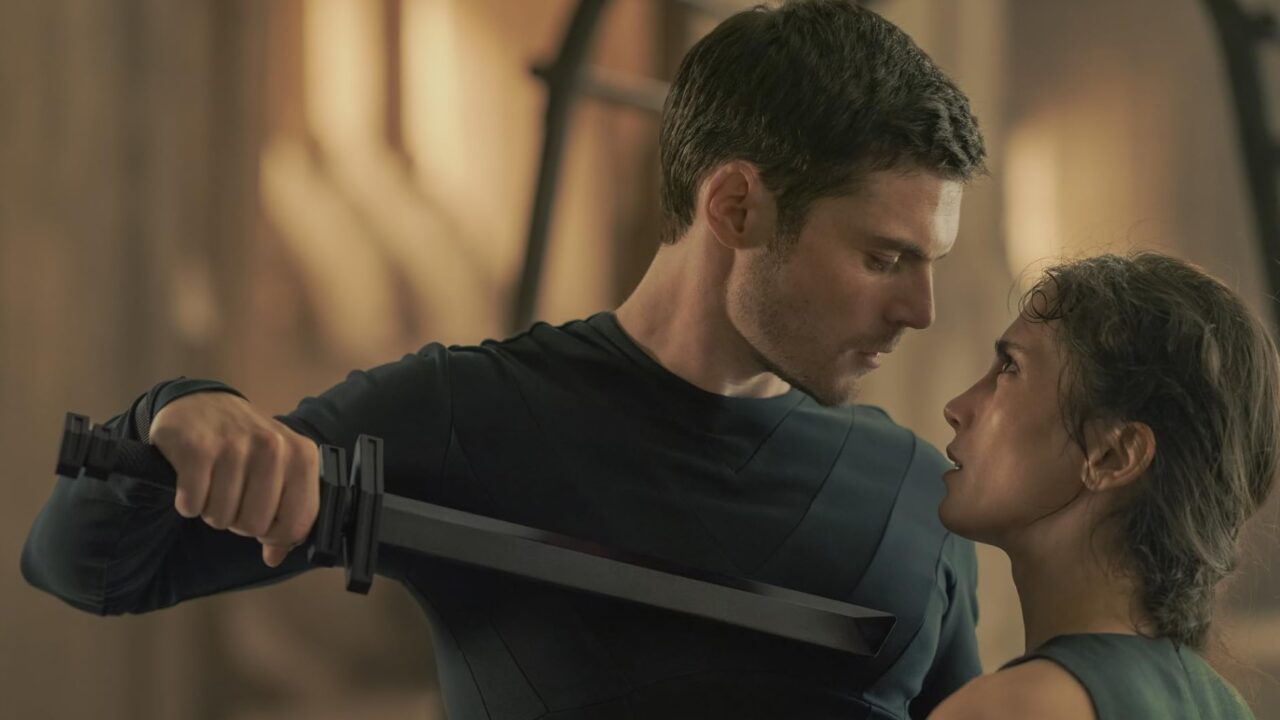
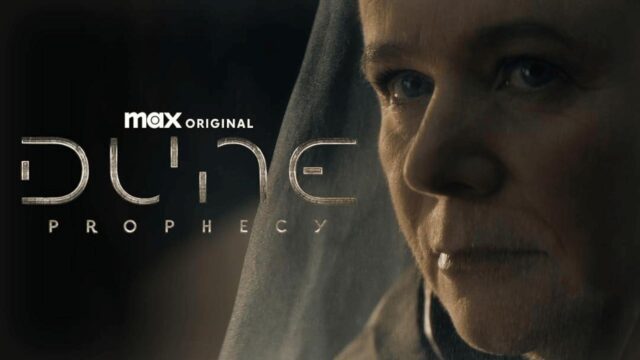
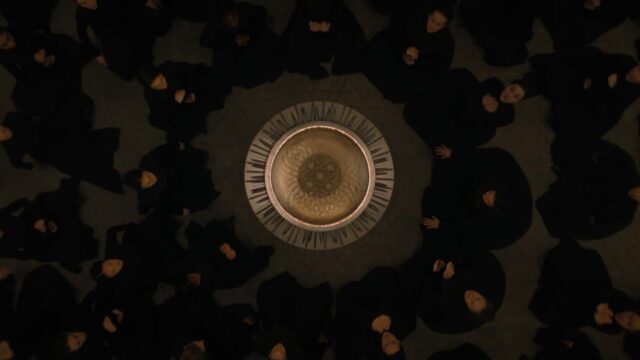
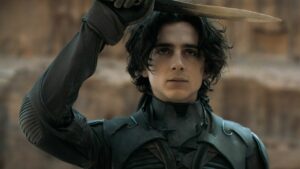
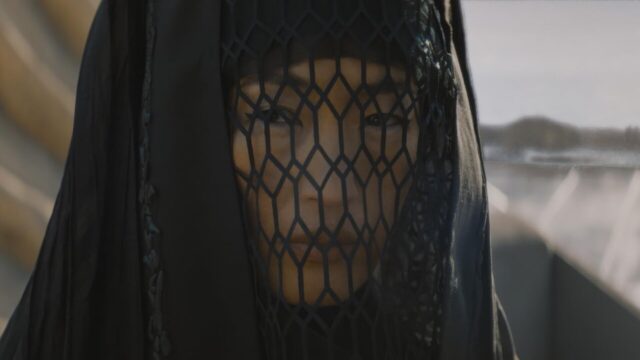
No Comments on Dune: Prophecy Episode 4 – Easter Eggs and References